1. Baby Tossing in India

In the Indian state of Karnataka, there’s a tradition that’ll make your heart race: tossing babies off a 30-foot temple! Don’t worry, though—they’re caught safely in a large cloth by people waiting below. This ceremony, which has been practiced for over 700 years, is believed to bring the babies good luck, health, and prosperity. It usually happens when a family has had trouble conceiving and sees the child as a miracle shares the New York Times.
The whole village often gathers to watch, cheering as the little one is dropped and gently caught. While it might seem terrifying to outsiders, locals see it as a joyful celebration. It’s certainly not for the faint of heart—but then again, many cultural traditions require a leap of faith (literally, in this case). And yes, the babies usually cry, but no injuries have been reported adds NBC News.
2. La Tomatina in Spain
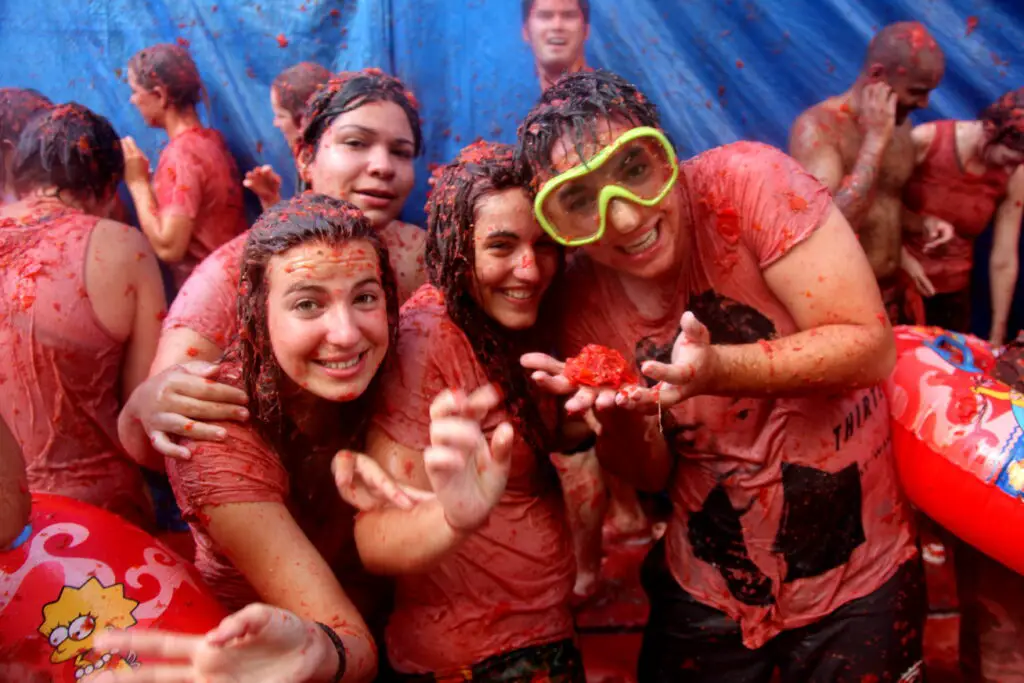
Imagine being in the middle of a giant food fight with thousands of people hurling ripe tomatoes at each other. That’s exactly what happens every August in Buñol, Spain, during La Tomatina. It started as a spontaneous street brawl in 1945 and somehow morphed into a globally famous tomato-tossing extravaganza shares BBC.
People wear goggles and clothes they don’t mind ruining, because by the end, everyone is drenched in tomato juice. The streets get so slippery, you’ll see folks slipping and sliding around like it’s a giant saucy rink. After the fun, fire trucks come through and hose everything down. It’s a weirdly satisfying way to bring a community together, all in the name of fun and a bit of chaos explains Sky News.
3. Finger Cutting in Papua New Guinea

Among the Dani people of Papua New Guinea, the pain of losing a loved one is expressed in a truly intense way—by cutting off part of a finger. Yes, actual finger segments. This ritual is mainly performed by women and symbolizes the physical pain that comes with emotional loss.
To perform the tradition, they tie a string tightly around the finger until it goes numb and then chop it off. It’s as shocking as it sounds, and though it’s not widely practiced anymore, it still exists in some remote areas. Today, the government discourages the act, but you’ll still find elders who are missing fingers from participating in this custom. It’s a vivid reminder of how grief is expressed differently across cultures.
4. Night of the Radishes in Mexico
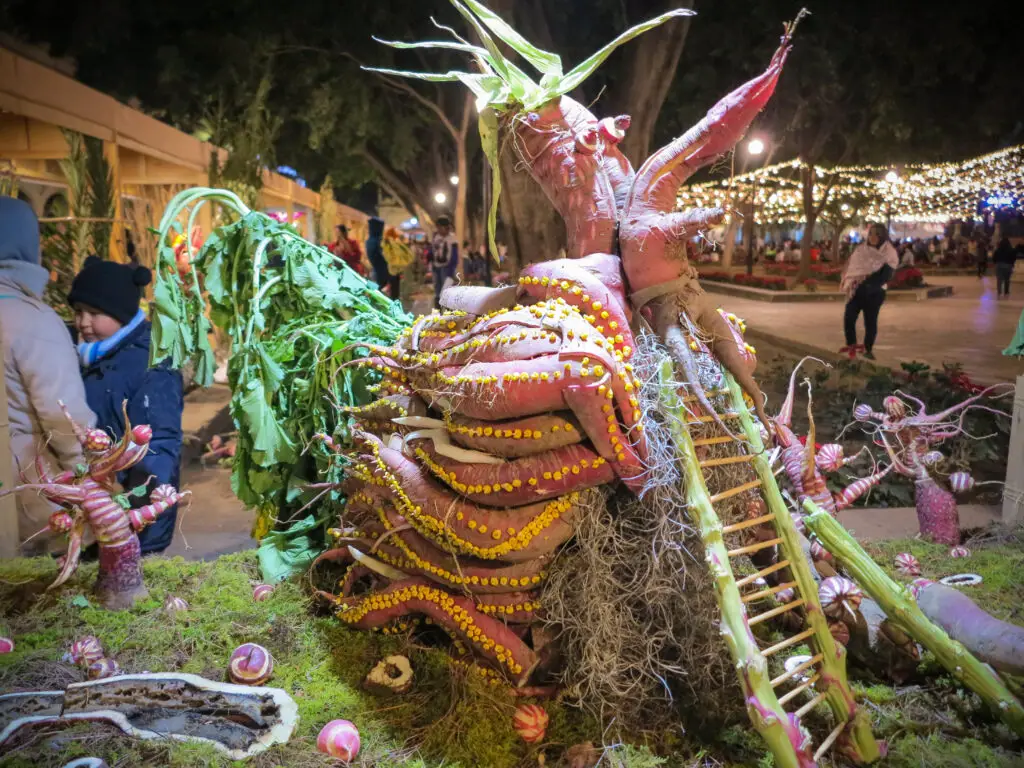
In Oaxaca, Mexico, radishes aren’t just for salads—they’re works of art. Every December 23, the city hosts “La Noche de los Rábanos” or Night of the Radishes. Local artists carve elaborate scenes into massive radishes, some of which are more than a foot long. You’ll see everything from nativity scenes to folkloric dancers.
It’s a one-night-only affair and hundreds of people line up to view the creations. There’s even a competition, and winners take home cash prizes. These radishes are grown specially for carving and aren’t eaten afterward. It’s whimsical, odd, and absolutely charming in the way only cultural festivals can be.
5. Kanamara Matsuri in Japan
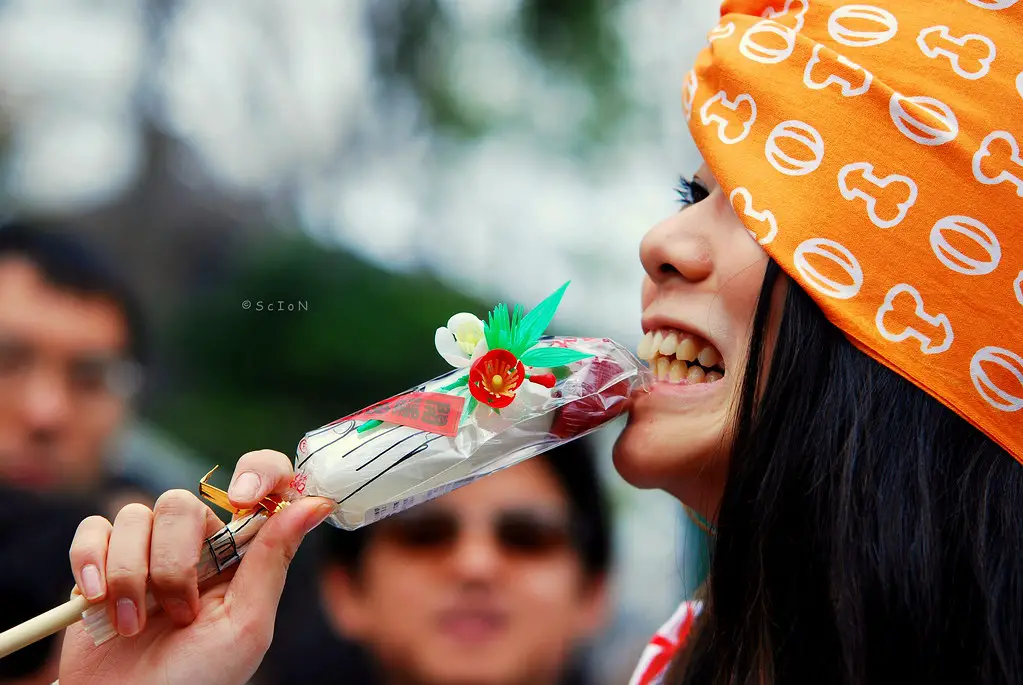
Known as the “Festival of the Steel Phallus,” this Japanese celebration in Kawasaki is exactly what it sounds like. Every spring, giant memeber-shaped statues and floats parade through the streets. The origins of the festival are tied to a 17th-century legend about a demon hiding inside a woman’s private parts.
Today, the event promotes fertility, safe sex, and even raises money for HIV research. Tourists flock to buy lollipops, candles, and souvenirs—all, of course, phallic-themed. Locals treat it with a surprising level of normalcy and joy. For something that might seem awkward or offbeat, it’s actually celebrated with openness and laughter.
6. Self-Mummification in Japan
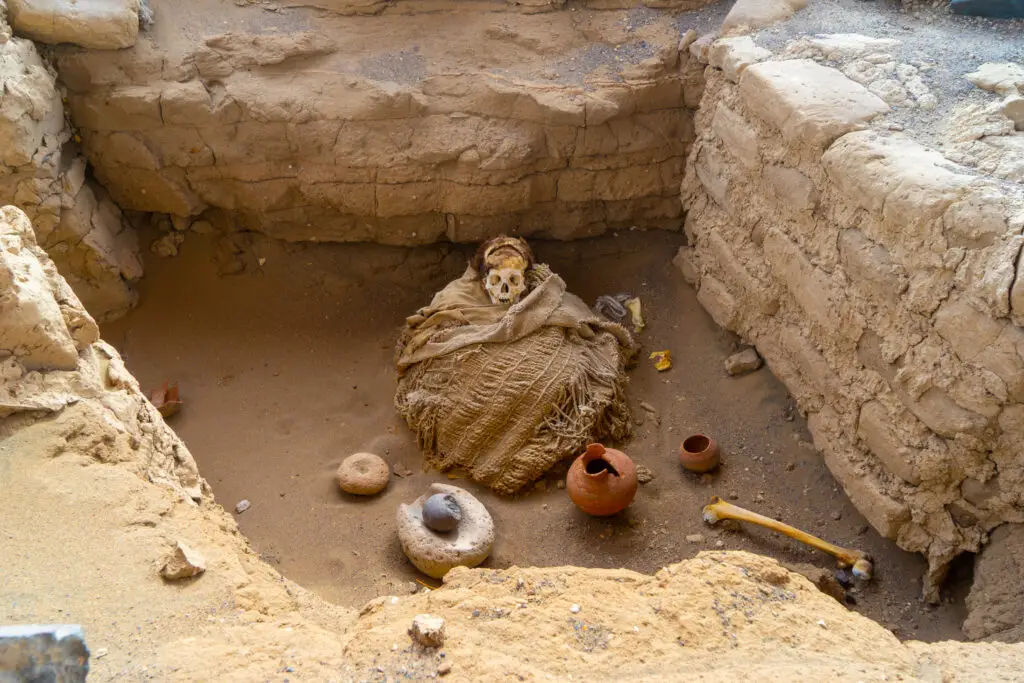
In a now-extinct practice called Sokushinbutsu, certain Buddhist monks in Japan attempted to mummify themselves—while still alive. Over several years, they would follow an extreme diet to gradually eliminate body fat and moisture. Eventually, they’d be sealed in a tomb and meditate until they passed away.
The goal was to reach spiritual enlightenment through self-denial and discipline. It sounds like something out of a horror story, but these monks were revered, not feared. Their preserved bodies are still on display in temples as holy relics. The practice has since been outlawed, but the few who succeeded are remembered with great reverence.
7. Monkey Buffet Festival in Thailand
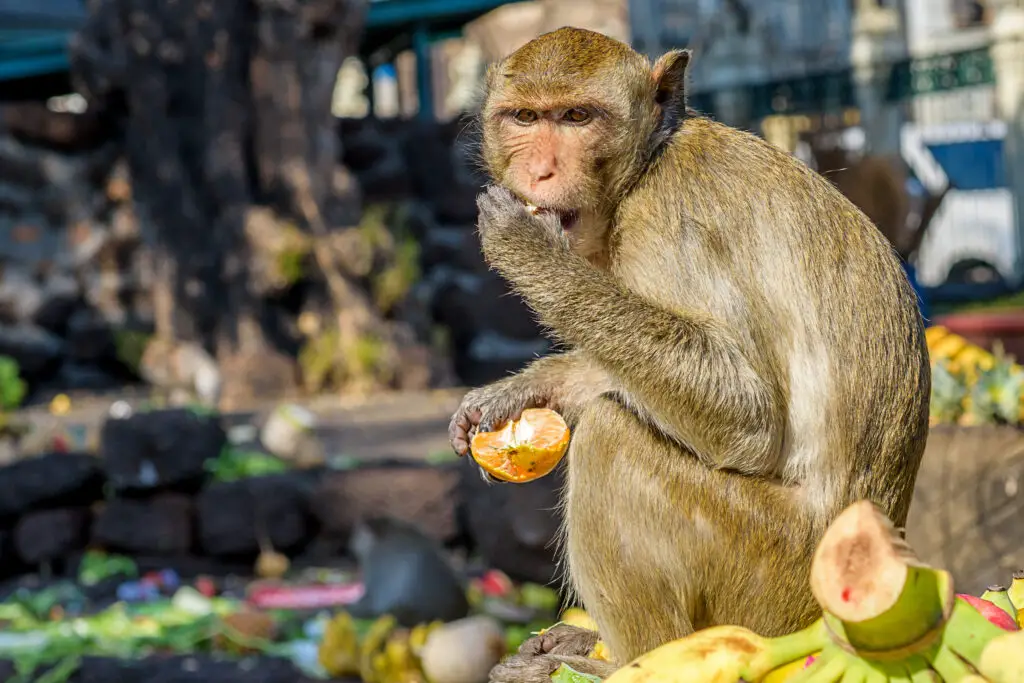
Lopburi, Thailand throws a buffet every year—not for people, but for monkeys. The Monkey Buffet Festival serves up over 4,000 kilograms of fruit, cakes, and candy to the town’s macaque population. Locals believe the monkeys bring good luck and prosperity, so they celebrate by going all out.
You’ll see monkeys climbing on tables, snatching food, and even popping soda cans. Some dress them in costumes or decorate statues with garlands. It’s part chaos, part adorable spectacle, and 100% unforgettable. The festival has become a major tourist attraction, even if it’s a bit sticky and unpredictable.
8. Baby Jumping Festival in Spain
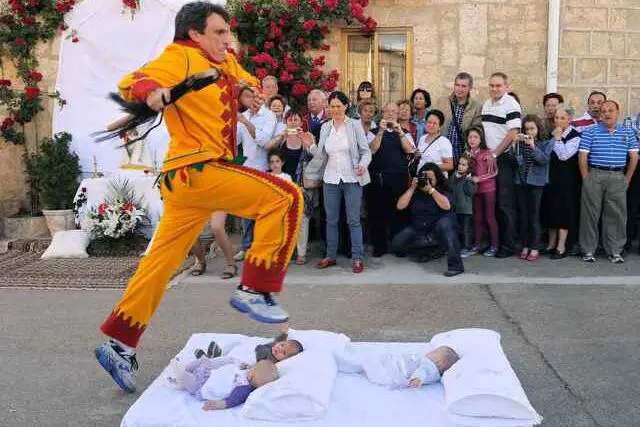
In Castrillo de Murcia, Spain, there’s a festival where men dressed as devils leap over rows of babies. Called El Colacho, this bizarre tradition has gone on since the 1600s. The babies are laid on mattresses in the street and are usually just a few months old.
The “devils” carry whips and leap over the infants to cleanse them of sin and protect them from evil. Parents swear by it as a spiritual safeguard, though it definitely raises a few eyebrows. Despite how risky it sounds, there have been no reported injuries. It’s one of those things you have to see to believe.
9. Toe Wrestling in England
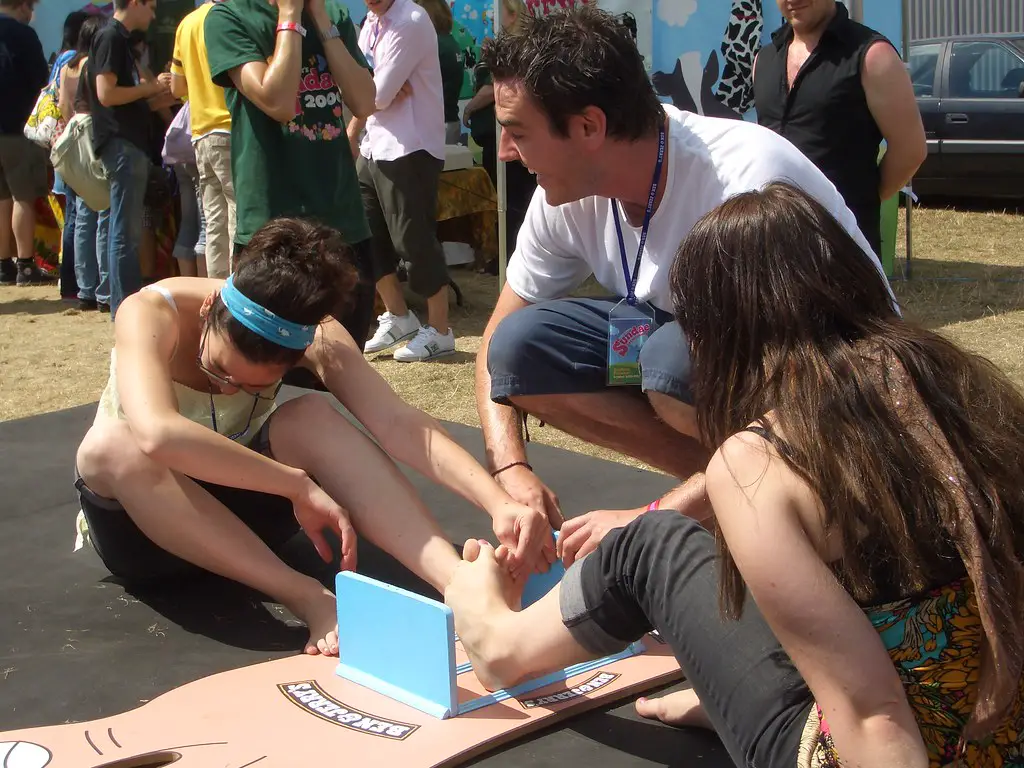
Who needs arm wrestling when you have… toes? In Derbyshire, England, toe wrestling is a real competition. Players remove their shoes and socks and try to pin each other’s foot to the ground using only their toes. It’s oddly intense and surprisingly competitive.
There are even annual championships, complete with referees and cheering fans. The tradition began in the 1970s in a pub and somehow stuck. It’s one of those quirky British traditions that makes you both chuckle and cringe. But hey, there’s a world record for it, so someone’s taking it seriously.
10. Famadihana in Madagascar
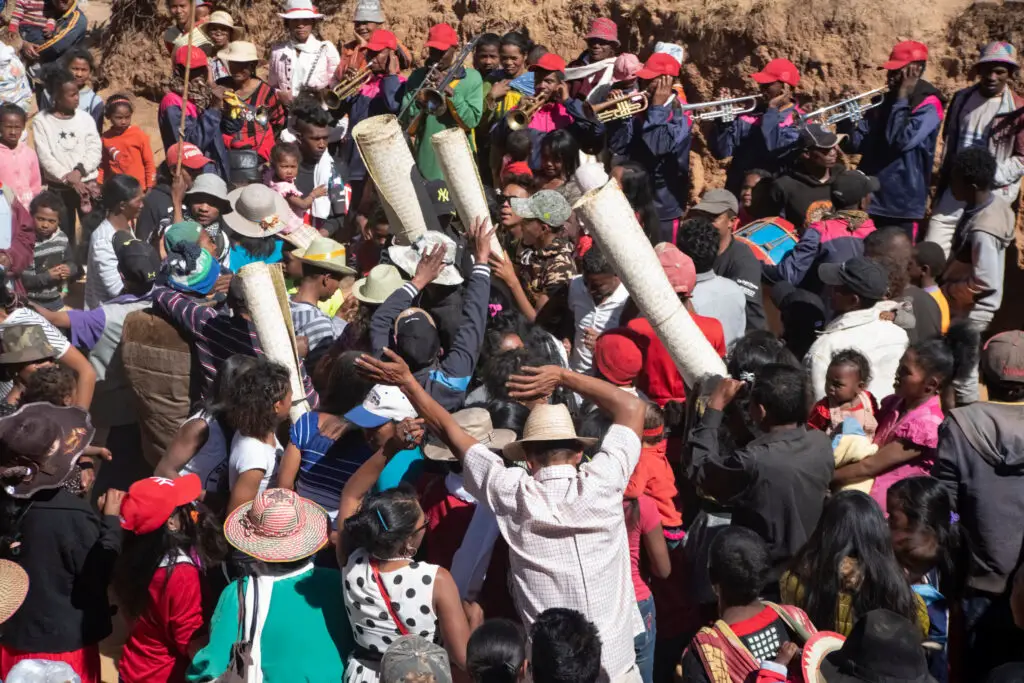
In Madagascar, death doesn’t mean goodbye. The Malagasy people practice Famadihana, or “Turning of the Bones,” where families dig up their ancestors, rewrap them in fresh cloth, and dance with them. It’s not spooky—it’s festive.
Music plays, wine flows, and stories are shared as relatives reconnect with the departed. The belief is that the dead don’t fully move on until they’re properly celebrated. It might seem macabre, but it’s actually quite heartwarming. It’s all about family ties and showing respect across generations.
11. Cheese Rolling in England

Each spring in Gloucestershire, brave souls hurl themselves down a steep hill chasing a wheel of cheese. Yes, cheese. The Cooper’s Hill Cheese-Rolling is an old tradition where a round of Double Gloucester cheese is rolled downhill, and competitors sprint (or more often tumble) after it.
The first person to catch or reach the cheese wins. Injuries are common, but that doesn’t stop people from joining in year after year. Spectators line the hill, cheering on the chaos. It’s wild, messy, and extremely British in the best way.
12. Polterabend in Germany

If you’re getting married in Germany, be prepared for a little destruction. During Polterabend, friends and family smash porcelain—plates, cups, and anything not made of glass. The engaged couple then has to clean it all up together, symbolizing teamwork and resilience.
It’s loud, messy, and surprisingly emotional. Some guests bring their most fragile dishes just for the occasion. The couple usually ends up laughing through the cleanup, bonding over their first pre-wedding challenge. It’s weird, but also kind of sweet.
13. Hadaka Matsuri in Japan
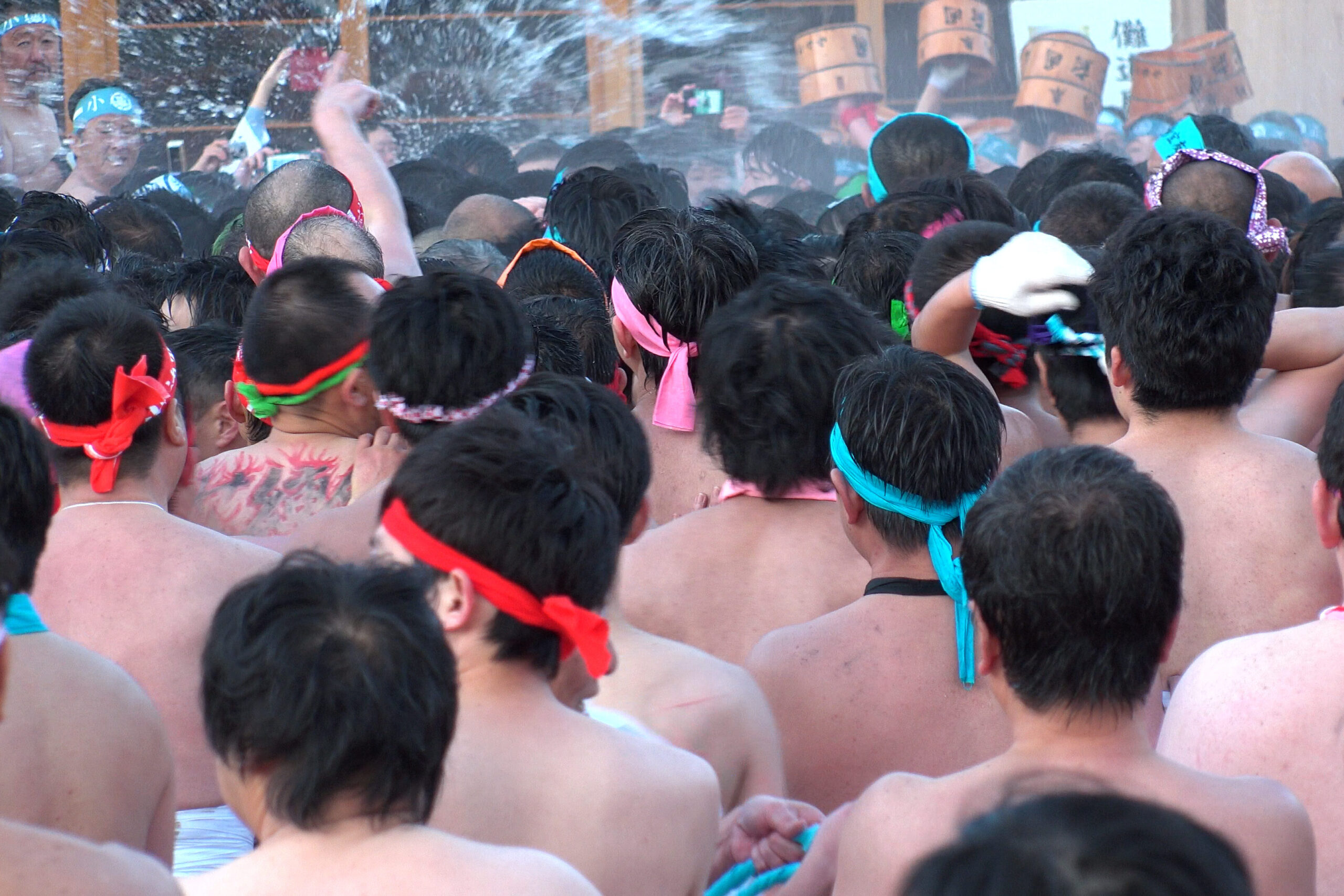
At Japan’s Hadaka Matsuri, or “Naked Festival,” thousands of nearly nude men gather in freezing temperatures to battle over sacred sticks. They wear only loincloths and the event gets rowdy fast. The man who grabs the stick and places it in a wooden box is said to have a year of good luck.
The tradition dates back centuries and is about purification and spiritual renewal. Despite the chill, spirits are high and the crowd is huge. It’s rowdy, sweaty, and a little confusing—but very respected. You’ll definitely never forget it if you go.
14. Bride Kidnapping in Kyrgyzstan

Though it’s officially illegal now, bride kidnapping is still practiced in parts of Kyrgyzstan. A man abducts the woman he wants to marry, and she’s sometimes pressured into saying yes. It’s a deeply controversial and disturbing custom, though some couples claim it’s consensual.
In traditional tales, it’s painted as romantic or symbolic, but in reality, it often causes trauma. Advocacy groups are working hard to end the practice entirely. It’s one of those traditions that makes you question what should be preserved. Not every ritual deserves to stand the test of time.
15. Coffin Club in New Zealand

In New Zealand, a group of seniors started the “Coffin Club” to build their own coffins before they pass. It’s not as grim as it sounds—it’s actually creative and empowering. Members decorate their coffins with personal touches: glitter, photos, paint, and even music systems.
It’s become a form of therapy and self-expression. The idea is to face death with humor and dignity. The movement has even spread to other countries. It’s oddly uplifting and proves there’s nothing wrong with planning ahead your own way.
16. Blackening the Bride in Scotland
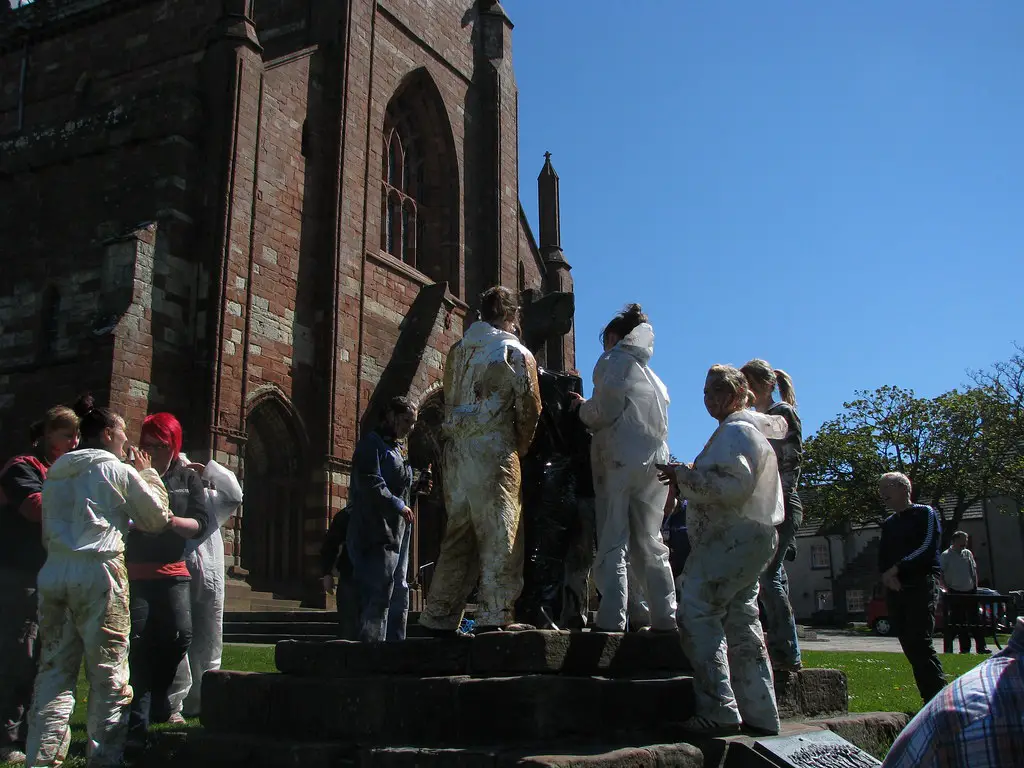
Before a wedding in parts of Scotland, brides (and sometimes grooms) are captured by friends, covered in food waste, soot, and feathers, then paraded around town. This is called “blackening,” and yes, it’s as messy as it sounds. The idea is that if a couple can handle this, they can handle marriage.
It’s loud, humiliating, and filled with laughter. Friends go all out, making it as gross as possible. The tradition is bizarre but also bonding. After all, there’s no better way to prepare for married life than public humiliation with the ones you love.
